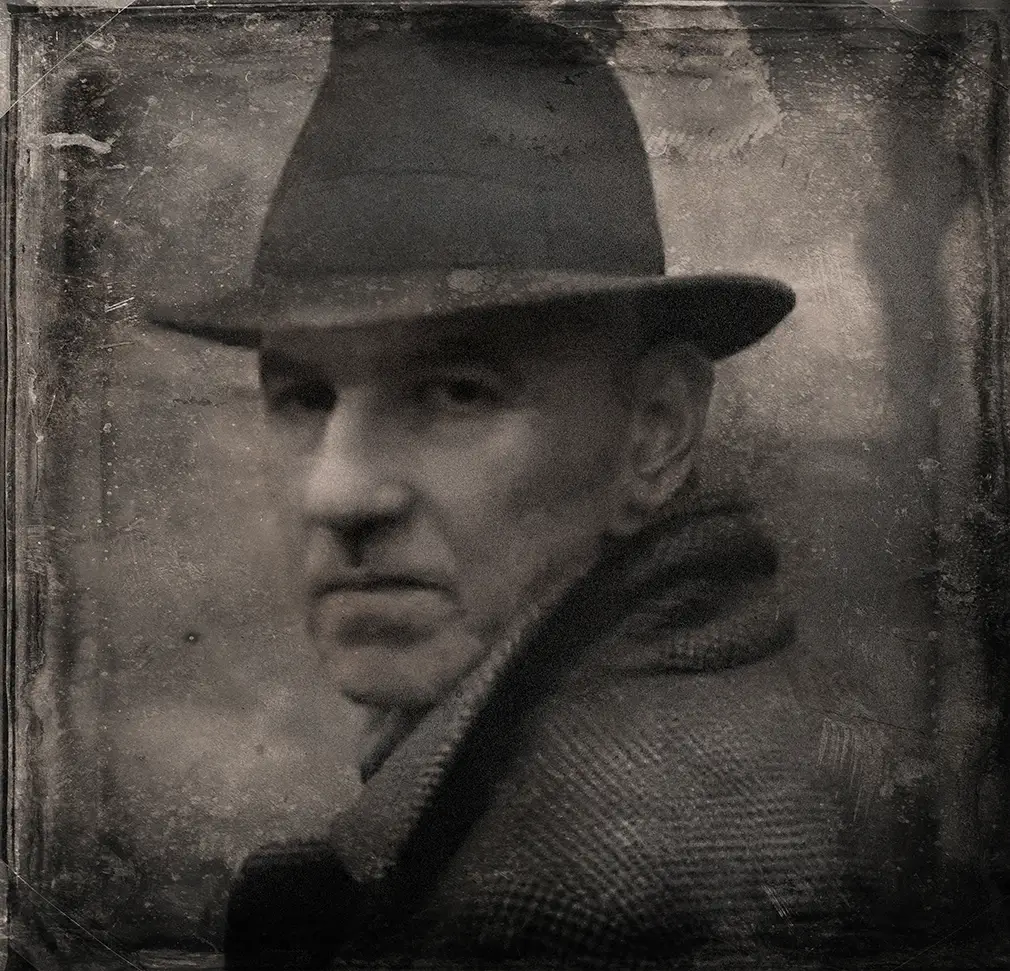William Ropp is a contemporary photographer and photo-artist, best known for his series of portraits. Lives and works in France.
William Ropp is often called not just a photographer but a photo-artist, and his style of photography is spoken of as unique, inimitable, and recognizable. For the impression they produce, his works are compared to those by painters: individuals depicted in them are as if looking at the viewer – not vice versa. Ropp is known as the Shadow Sculptor. Portraits by him — it is his work with the human body and portrait photography he is famous for — are indeed so dimensional and expressive that they look like they are sculpted from shadow and light. William Ropp began his career in the theatre three decades ago. There is something theatrical about his pictures today as well: each of them is like a speechless monologue by the character depicted in it, a play with one actor, which is encased into one instant caught by the photographer.
William Ropp made his first series of black-and-white photographs in 1988: those were images of human figures reflected in distorting mirrors. Ropp continued working with the human body in the studio, experimenting with lighting and photographic technology. In the early 90’s, he found the style that would make him famous. Ropp would plunge figures of models, which, as it is, perplexed the viewer with the complexity of their intricate postures, into darkness and “paint” their body outlines with a bright beam of light. He would increase the exposure time to 10 minutes to make the image a bit blurred but would focus one’s attention on the main thing: the eyes, the facial expression, the shoulder line, or the arm’s expressive curve.
In the mid-2000’s, Ropp, the already famous Shadow Sculptor, undertook a number of trips, each of which resulted in a series of portraits of people – Africans and Gypsies, inhabitants of Mexico and Russia, adults and kids. In 2010, he started working in color, portrait photography remaining the primary one in his work. Ropp is the author of several books on the art of photography; his exhibitions and workshops for photographers are staged all over the world. Works by William Ropp form part of the collections of the Musée de l’Elysée (Lausanne, Switzerland), the Museum of Fine Art (Houston, USA), the Maison Européenne pour la Photographie (Paris, France), the Museet for Fotokunst (Odense, Denmark), the New York Public Library (the Spencer Collection, New York, USA), and other public and private collections.
Galleries
throckmorton-nyc.com
www.thephotogallery.se
www.originalsong.cn
www.holdenluntz.com
www.galerie-stp.de
jiromiuragallery.com
louisegallery.be
